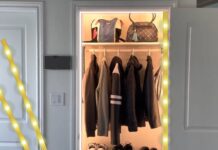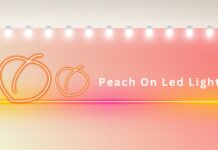In today’s blog post, I’ll explain what a Type B light bulb is, why it’s different from other types of bulbs, and how you can choose the right one for your needs.
Don’t worry; I’ll break it down into simple terms anyone can understand.
An Overview
Types of Light Bulbs
You’ve probably seen many types of light bulbs at the store. There are traditional incandescent ones, energy-saving LEDs, and specialized ones like Type B. Each type has its unique set of features.
Importance of Choosing the Right One
Selecting the right bulb isn’t just about brightness. The wrong one can waste energy or even damage your fixture. That’s why it’s crucial to understand the basics of different types.
What Is a Type B Light Bulb?

Physical Features
A Type B light bulb has a unique shape compared to other ones. It often looks like a candle and has a smaller base. This makes it ideal for decorative fixtures like chandeliers.
Technical Specifications
Type B bulbs usually have lower wattages, ranging from 25 to 40 watts. This makes them less bright but also more energy-efficient.
They also come in various types, including LED, incandescent, and CFL (Compact Fluorescent Lamp).
Comparison With Other Types
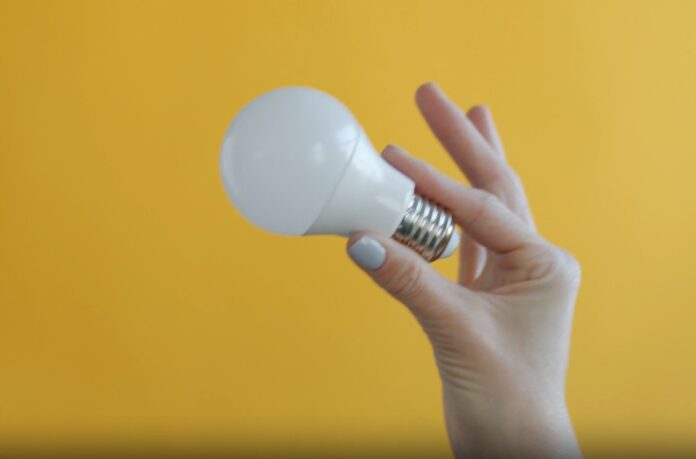
Type A
Type A bulbs are the general-purpose types you see most often. They are usually pear-shaped and come in a variety of wattages. They are good for general lighting but lack the decorative appeal of Type B ones.
Type C
Type C ones are similar to Type B but are more conical in shape. They also have a smaller base but tend to offer higher wattages and brightness.
If you need something between a Type A and a Type B, then Type C might be a good fit.
Common Uses for Type B

Indoor Lighting
Type B bulbs often go in decorative fixtures like wall sconces, chandeliers, and table lamps. Their lower brightness and unique shape make them ideal for mood lighting rather than task lighting.
Outdoor Lighting
While not as common as other types, you can still use Type B bulbs outdoors. They often appear in decorative lanterns or patio lights.
Just make sure they are suitable for outdoor use, as not all Type B units are weather-resistant.
How to Choose the Right One
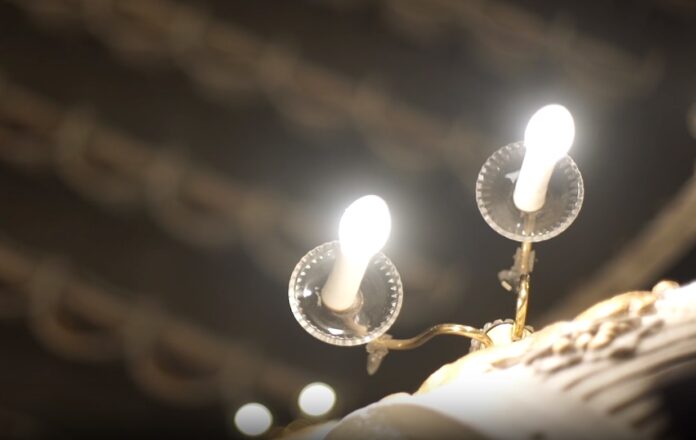
Wattage
Remember that Type B bulbs usually have lower wattages. So, if you’re looking for mood lighting, a lower wattage could work well. But if you need more brightness, you might have to look at other types or consider multiple bulbs.
Compatibility
Always check the fixture requirements before buying a new bulb. Not all fixtures can handle every type of bulb. Checking the fixture’s specs ensures you get the one that fits and works well.
Installation Tips
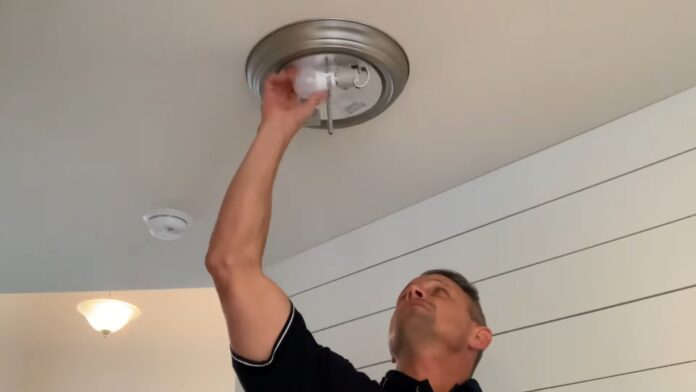
Safety First
Before installing any light bulb, always turn off the power to the fixture. This ensures you can install it safely without the risk of electric shock.
Screw It In Properly
When installing the Type B bulb, make sure to screw it in firmly but not too tight. Over-tightening can damage the bulb or socket, while a loose fit can cause flickering.
Where to Buy Type Them?
Retail Stores
You can find Type B bulbs in most hardware or home improvement stores. They are usually in the lighting section, along with other types of bulbs.
Online Shopping
Buying online offers more variety and often better prices. Just make sure to read reviews and check the seller’s reputation before making a purchase.
Maintenance and Replacement

When to Replace
Look out for signs like dimming or flickering, as these indicate the bulb is reaching the end of its life. Replacing it in time prevents sudden blackouts and ensures consistent lighting.
How to Dispose of Old Bulbs
Don’t throw old ones in the trash, especially if they’re CFL or LED, as they contain materials that can harm the environment. Many stores and local waste facilities offer recycling programs for this purpose.
Additional Resources
Books and Manuals
If you want to learn more about lighting and electricity, consider checking out books or manuals on the subject. They can provide more in-depth knowledge and tips for your home improvement projects.
Online Forums
Online forums and communities focused on lighting or home improvement can also be helpful. You can ask specific questions and get advice from others who have similar interests or expertise.
Takeaways for Future Lighting Choices
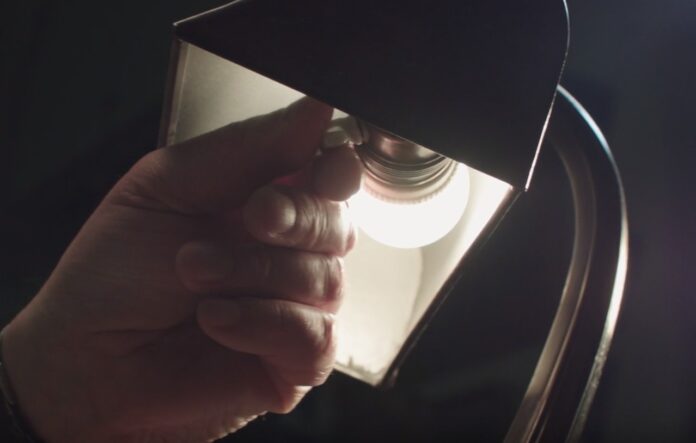
The Importance of Quality
Always choose high-quality bulbs from reputable manufacturers. This ensures you get a product that not only lasts longer but also performs better.
Investing in quality can save you time and money in the long run.
Consult a Professional
When in doubt, consult a licensed electrician. They can provide expert advice and even install the bulbs for you, ensuring that all safety protocols are followed.
FAQs
Can I use a dimmer switch with a Type B bulb?
Yes, you can, but you’ll need to make sure the bulb is “dimmable.” Check the packaging or product description to confirm this feature.
If it’s not dimmable, using it with a dimmer switch could lead to flickering or even a shorter lifespan.
Are Type B bulbs more expensive than other types?
The cost can vary depending on factors like material, brand, and whether they are energy-efficient models like LEDs.
Generally, they are competitively priced with other types, but specialized or decorative versions can be more expensive.
Can I use a Type B bulb in my refrigerator or oven?
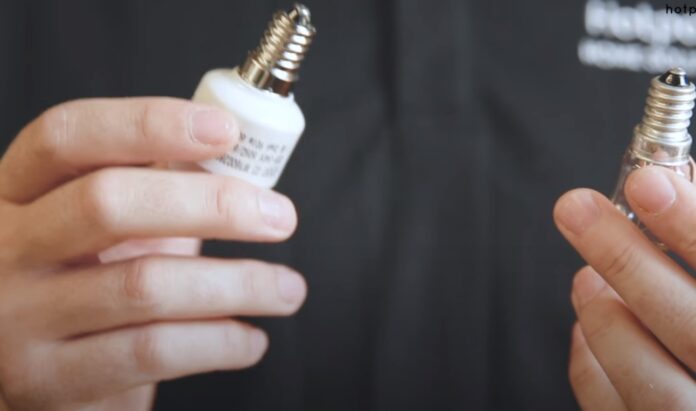
It’s not advisable to use a Type B bulb in appliances like refrigerators or ovens unless the manufacturer specifically states that it’s suitable for such use.
Appliances often require specialized bulbs that can withstand extreme temperatures.
Is it safe to touch a Type B bulb while it’s on?
For incandescent and halogen Type B ones, it’s best not to touch them when they are on, as they can get very hot.
LED Type B bulbs remain cool to the touch, so they are generally safe to handle while on. However, for safety reasons, it’s always better to turn off any bulb before handling it.
Do Type B bulbs emit UV radiation?
LED and incandescent Type B bulbs do not emit UV radiation. However, CFL Type B ones may emit a small amount of UV radiation, but it is usually not enough to be of concern for typical household use. Always check the packaging for any warnings if this is a concern for you.
Can I use Type B bulbs for plant growth?
They are generally not suitable for plant growth as they are usually low in wattage and not designed to provide the spectrum of light needed for plants. Specialized grow lights are a better choice for this purpose.
Final Thoughts
Type B bulbs serve a specific purpose in home and outdoor lighting. With their unique shape and lower wattages, they are ideal for decorative fixtures where mood lighting is more important than brightness.
By understanding what Type B is, its uses, and how it compares to other types, you can make an informed choice for your lighting needs. Choosing the right bulb requires attention to details like wattage and compatibility.
Always check your fixture’s specs and consider what kind of lighting you need before making a decision. If you found this guide helpful, please share it with others who might find it useful. If you have more questions, don’t hesitate to ask.



